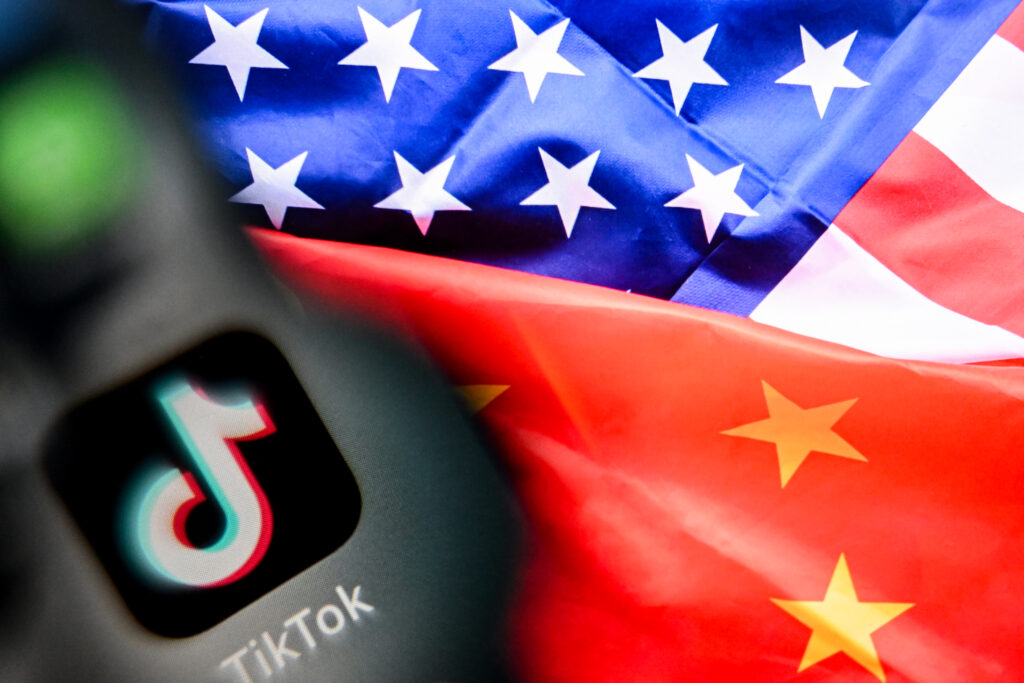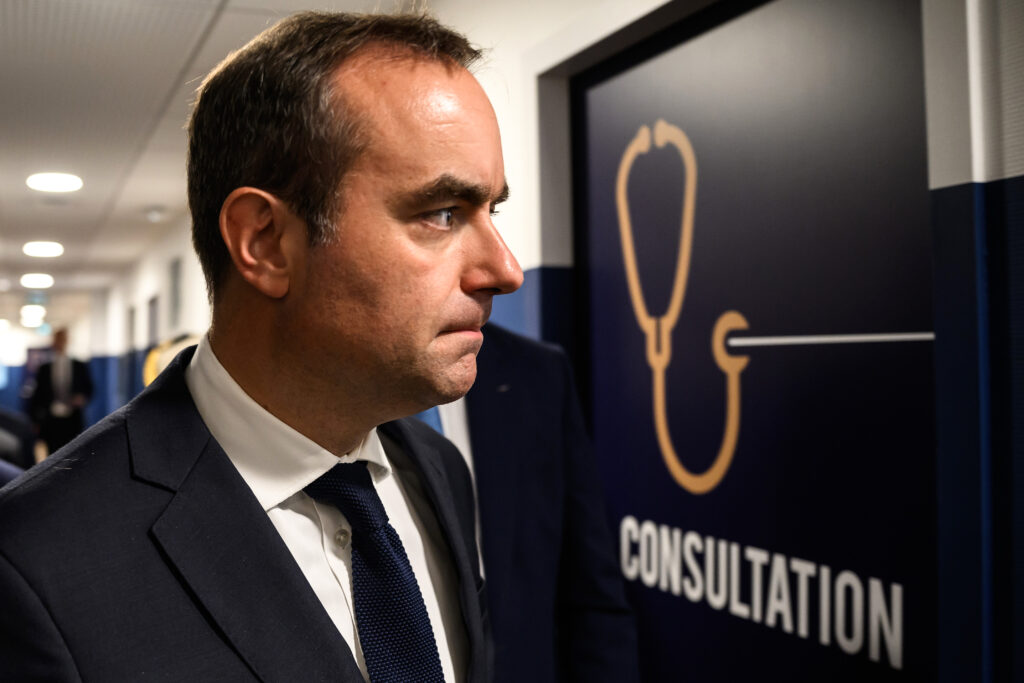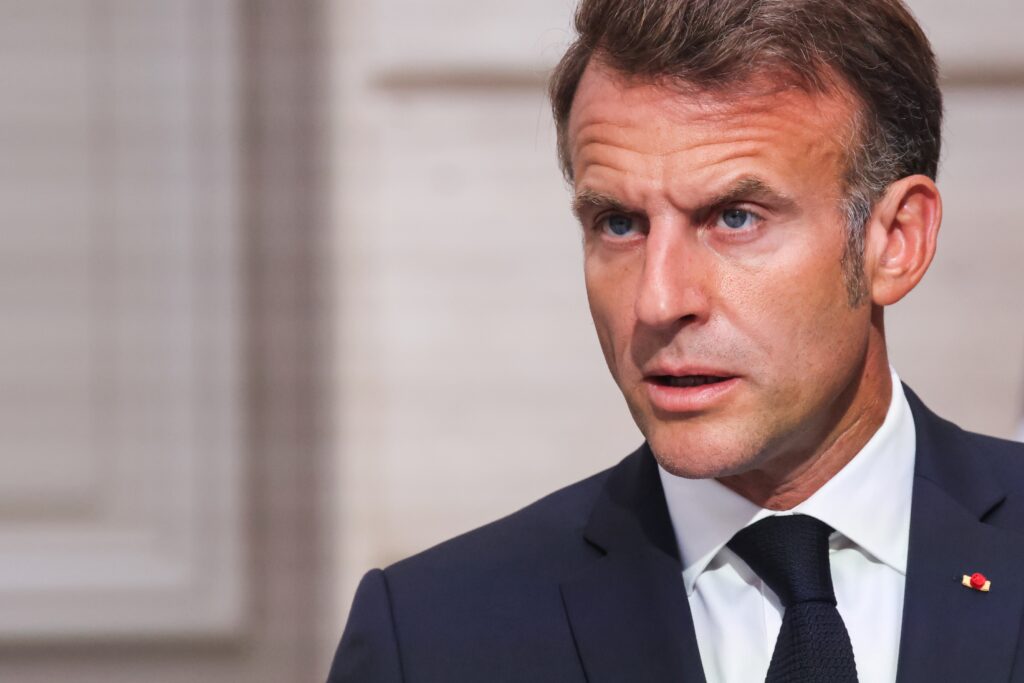La coopération météo internationale, elle aussi chamboulée par Trump
Pertes de budgets, de données et de partage d’informations: les experts mondiaux en satellites météorologiques, réunis en congrès à Lyon, déplorent l’effet délétère pour la recherche sur le changement climatique de la politique de Donald Trump.”Nous risquons de perdre des preuves qui permettront à la prochaine génération de comprendre le changement climatique”, s’alarme le chercheur coréen Sang Seo Park, de l’institut de sciences et technologie d’Ulsan, lors d’un échange avec l’AFP. Depuis l’entrée en fonction du président républicain, certains sites internet gouvernementaux contenant des données sur la météo et le climat ont été supprimés, et ce spécialiste de l’observation de la qualité de l’air est particulièrement scandalisé par la fermeture d’une page dédiée à la surveillance de l’ozone. “Cela signifie la perte de toutes les données historiques. Et ce n’est qu’un exemple parmi d’autres”, s’indigne le chercheur. “On souffre du manque de communication des Etats-Unis et de la diminution des données” des satellites qui nous sont transmises. Quelque 500 représentants de services météorologiques nationaux, agences spatiales et centres de recherches sont présents depuis lundi à Lyon à l’initiative de l’organisation européenne pour l’exploitation des satellites météorologiques, Eumetsat. Beaucoup partagent la confusion et l’inquiétude de M. Park.L’agence spatiale américaine NASA et l’agence chargée des prévisions météo, de l’analyse du climat et de la conservation des océans NOAA ont récemment annoncé des coupes budgétaires, dont les fonds alloués à un satellite qui mesure les concentrations de gaz à effet de serre.”Le mot climat n’est pas très bienvenu à Washington, aujourd’hui”, regrette Paul Counet, chef de la stratégie et de la communication d’Eumetsat.”Continuer à faire de la prévision météorologique va rester une priorité” aux Etats-Unis, où le gouvernement veut toujours connaître les températures et pluies attendues à court-terme, dit-il.Mais, selon lui, “pour la détection du changement climatique, on voit déjà des impacts” de la politique de Donald Trump, qui veut réduire la taille des agences gouvernementales et sabrer dans les dépenses consacrées à l’environnement.Dans “les équipes américaines, il y a une perte de compétences, une perte de personnel” et “dans les interactions, c’est plus compliqué”, constate-t-il. “On progresse moins rapidement, c’est clair.”- Réécriture -Christophe Maréchal, ingénieur au Centre national d’études spatiales (CNES) en est bien conscient: “si on veut continuer à travailler avec (nos partenaires américains), il faut insister sur les aspects non-climatiques”, le sujet étant devenu “très sensible”.”Tout peut s’arrêter du jour au lendemain”, affirme ce chef de projet français. “On est sur le qui-vive, on sait que les décisions budgétaires arrivent en fin d’année pour les différents projets”, explique-t-il.Pour l’exercice 2026, que le Congrès doit voter avant le 30 septembre, l’administration Trump a proposé de réduire le budget de la NOAA d’environ 25% et de supprimer totalement sa division de recherches.D’ores et déjà, “beaucoup de programmes ont été abandonnés, beaucoup de gens vont être mutés”, confie à l’AFP un chercheur de la NOAA qui a requis l’anonymat de peur de perdre son emploi. “On nous a demandé de supprimer toute référence au changement climatique” de nos demandes de subventions, poursuit-il. “Notre bureau nous a aidés à réécrire tous nos projets pour s’assurer qu’ils aient les meilleures chances possibles d’être financés.”Pour lui “cela a fonctionné” et il a réussi à conserver ses financements, mais ses recherches sont quasiment à l’arrêt, en attendant sa nouvelle équipe de travail après cette restructuration. Paul Counet sent aussi le vent tourner à l’Eumetsat. Pour obtenir des financements européens, il doit développer “de plus en plus un argumentaire sur les applications de sécurité et de défense”. “La guerre en Ukraine nous a appris que pour piloter des drones, il fallait connaître les vents, l’atmosphère…”, explique-t-il. “Aujourd’hui, vous n’envoyez pas un avion bombarder sans une bonne prévision météo.”Le discours a changé en conséquence, dit-il: “il y a dix ans on vendait des satellites météorologiques pour sauver le climat, aujourd’hui on les vend pour sauver l’Ukraine”.





